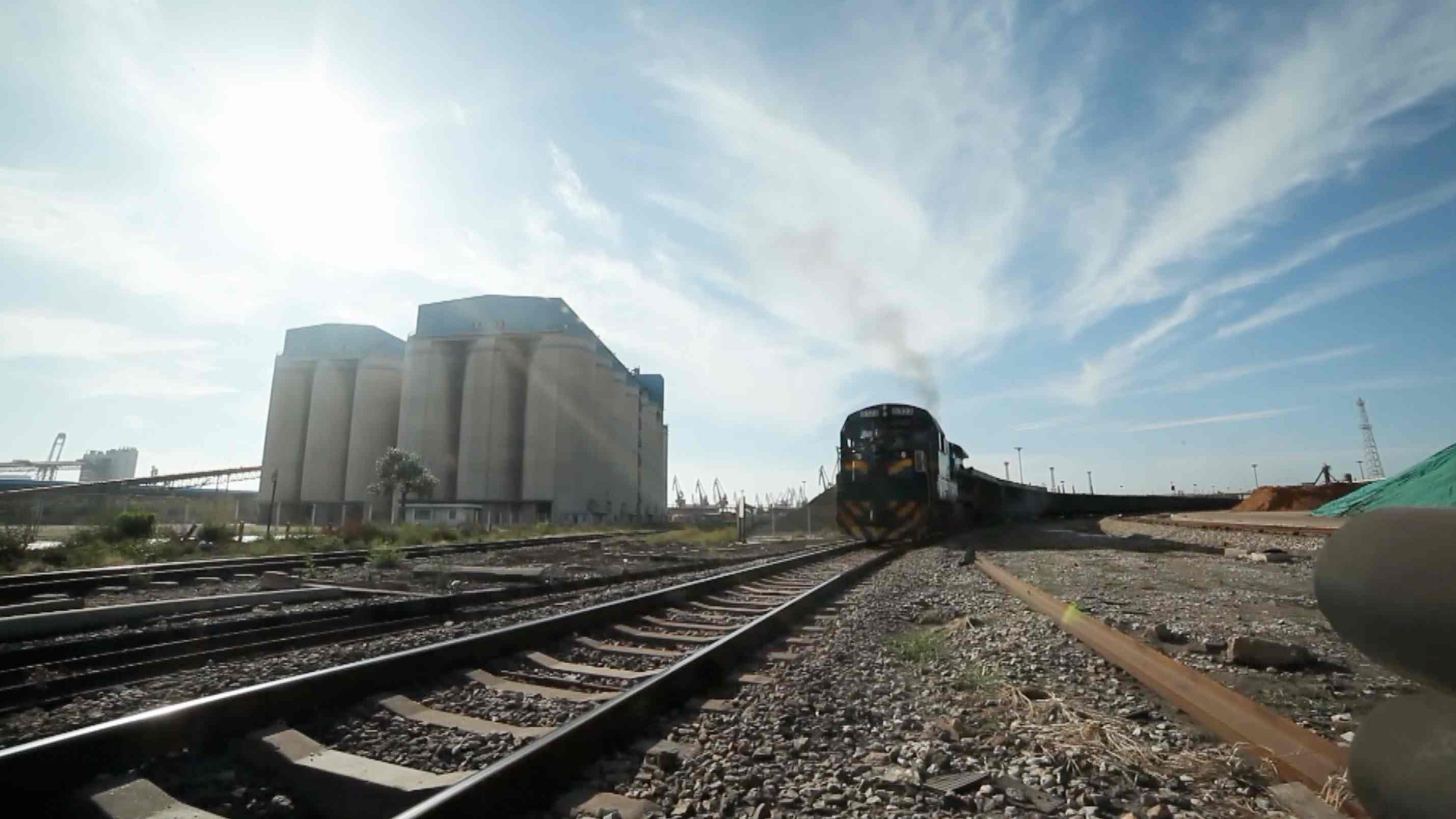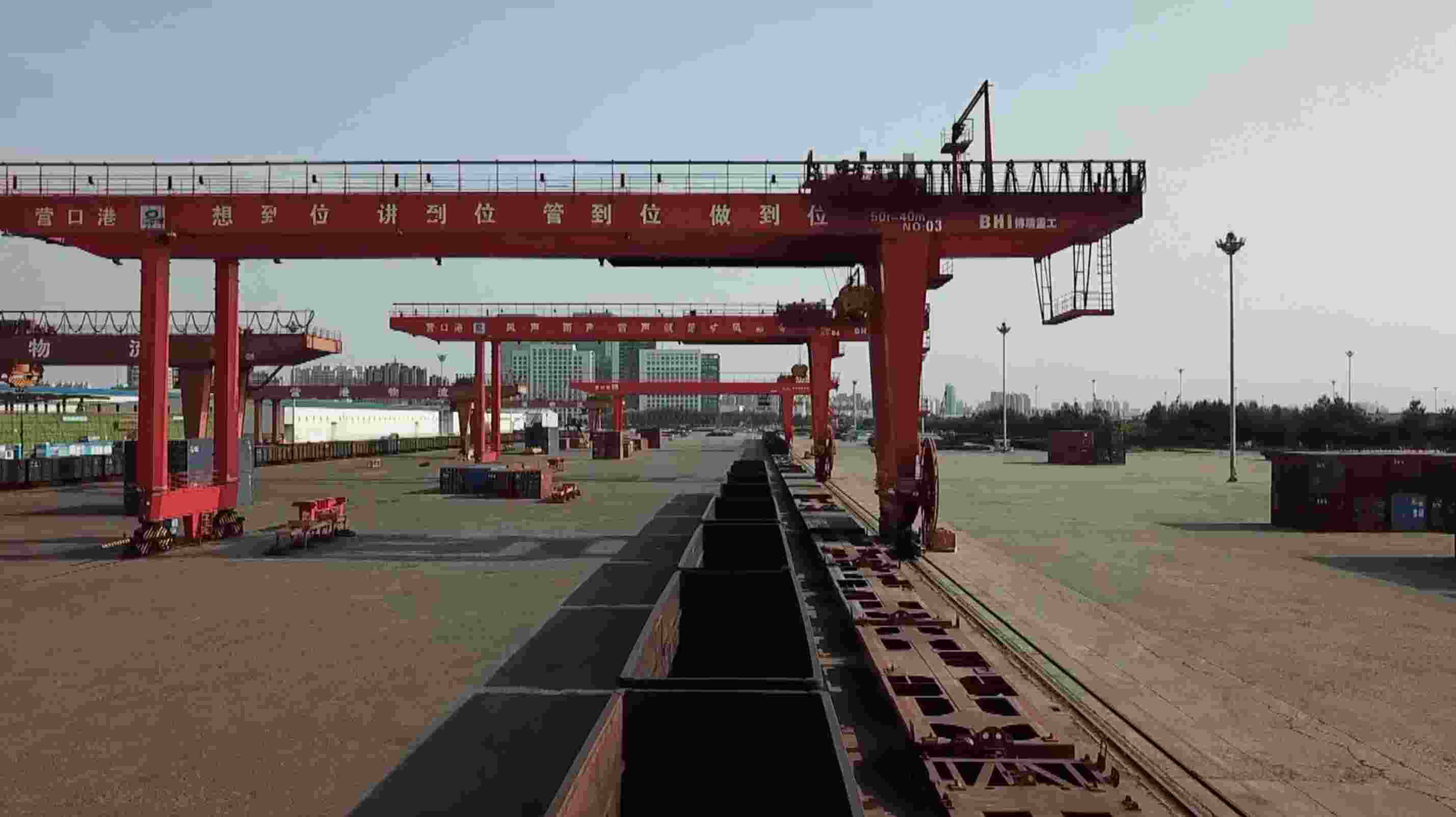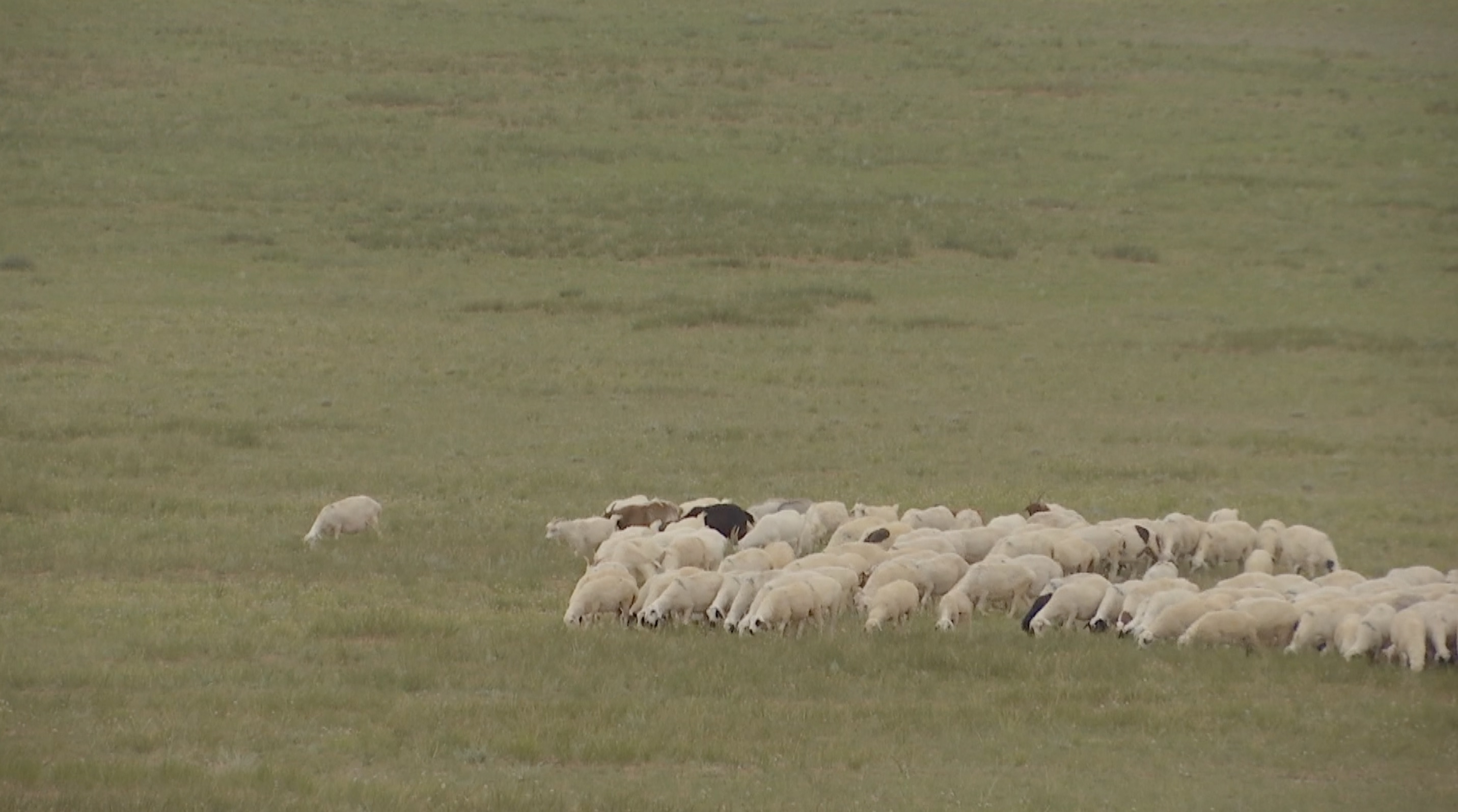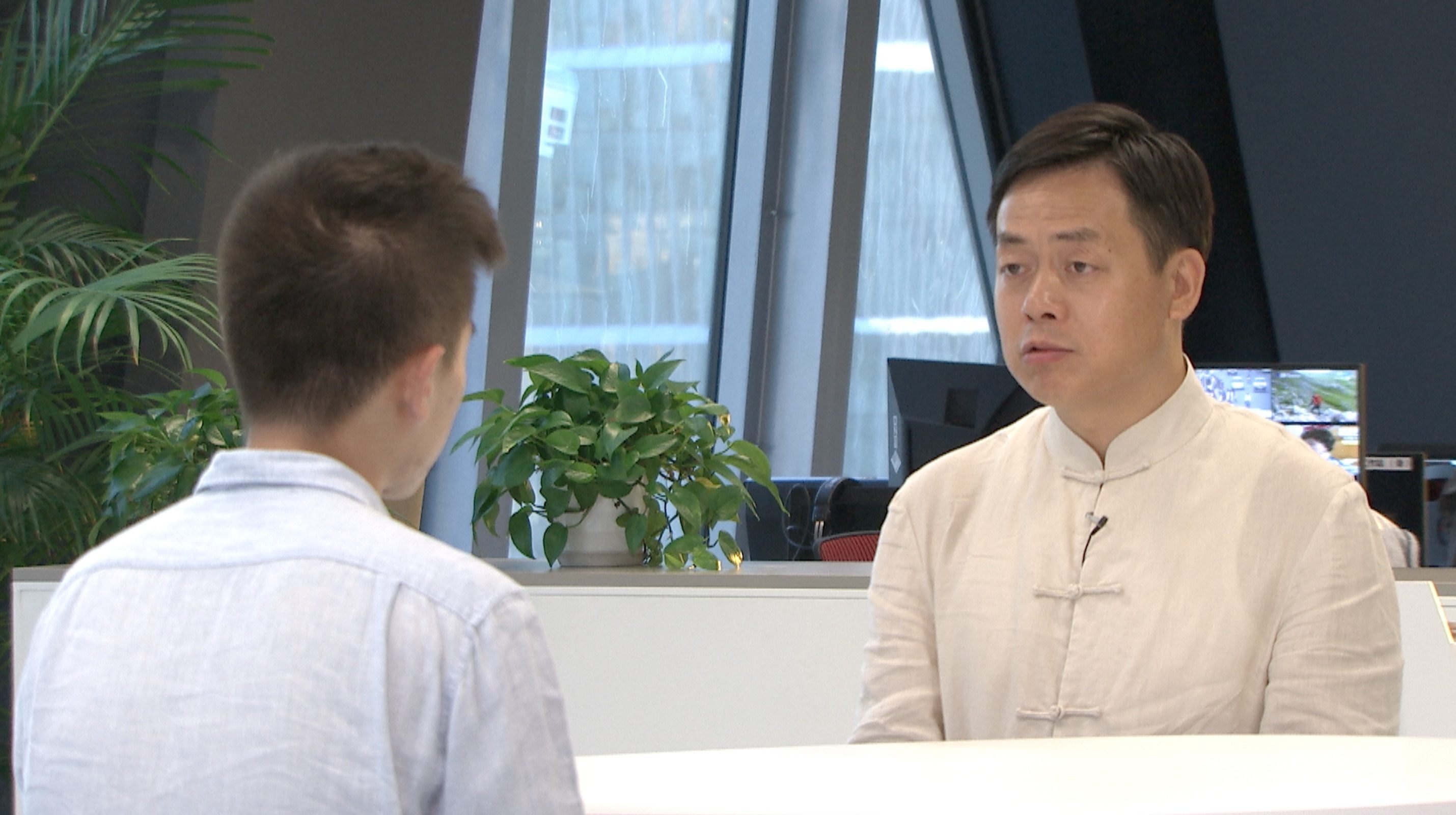
Business
22:57, 11-Sep-2018
Belt and Road Initiative helps landlocked areas reach the sea
Updated
22:12, 14-Sep-2018
By CGTN's Xu Xinchen
02:35

Two of China's port cities – Yingkou and Dalian – are planning to become the sea gate for cargo traveling through the inland China-Mongolia-Russia Economic Corridor – one of the six economic corridors under the Belt and Road Initiative (BRI). A food corridor connecting China and Russia was recently established in Yingkou to push that plan forward.
“We are utilizing the returning route for the railway already established for the Belt and Road. It makes perfect sense for our businesses,” said Yang Haiqing, the chairman for China Europe Innovation Technology.

A Sino-Russia food corridor has been established in Northeastern Chinese port city of Yingkou. Some 2 -billion tons of Russian soybeans are expected to be able to reach China via the new thoroughfare in the near future. /CGTN Photo
A Sino-Russia food corridor has been established in Northeastern Chinese port city of Yingkou. Some 2 -billion tons of Russian soybeans are expected to be able to reach China via the new thoroughfare in the near future. /CGTN Photo
Yang's company initiated the new thoroughfare, and the firm is considering extending the corridor in the future to move cargo through Mongolia. By doing so, it could reduce hundreds of kilometers of travel for Russian goods from regions like Siberia to China.
While Yang's firm focuses on facilitating the movement of Russian goods, others see hope for better China-Mongolia trade ties. The Chinese border and port city of Erlianhot which connects China and Mongolia, has seen its trade's volume triple.
“The Belt and Road could help bring Mongolian goods to the Chinese market. For example, Mongolian wool is favored by many Chinese consumers,” said N. Enkhzaka, a representative in Erlianhot for the Mongolian National Chamber of Commerce and Industry.

Products made from wool and cashmere such as scarves and sweaters from Mongolia are increasingly popular in China. /CGTN Photo
Products made from wool and cashmere such as scarves and sweaters from Mongolia are increasingly popular in China. /CGTN Photo
In 2017, cargo carried by China Railway Express arriving in Erlianhot reached over 2.5 billion US dollars. The Belt and Road is now more about connecting inland regions to the sea, said Wang Yiwei, professor at Renmin University of China.

The Jean Monnet Chair Professor from Renmin University of China told CGTN that the Belt and Road is a fairer model for globalization. /CGTN Photo
The Jean Monnet Chair Professor from Renmin University of China told CGTN that the Belt and Road is a fairer model for globalization. /CGTN Photo
“Russian trade relies on its huge energy resources, but due to external pressures such as the domination of the US dollar, as well as the US' push for shell gas, Russia has realized that it needs to be more involved in the global value chain,” said Wang.
In addition, the China-Mongolia-Russia Economic Corridor could also help boost cooperation throughout Northeast Asia.

SITEMAP
Copyright © 2018 CGTN. Beijing ICP prepared NO.16065310-3
Copyright © 2018 CGTN. Beijing ICP prepared NO.16065310-3